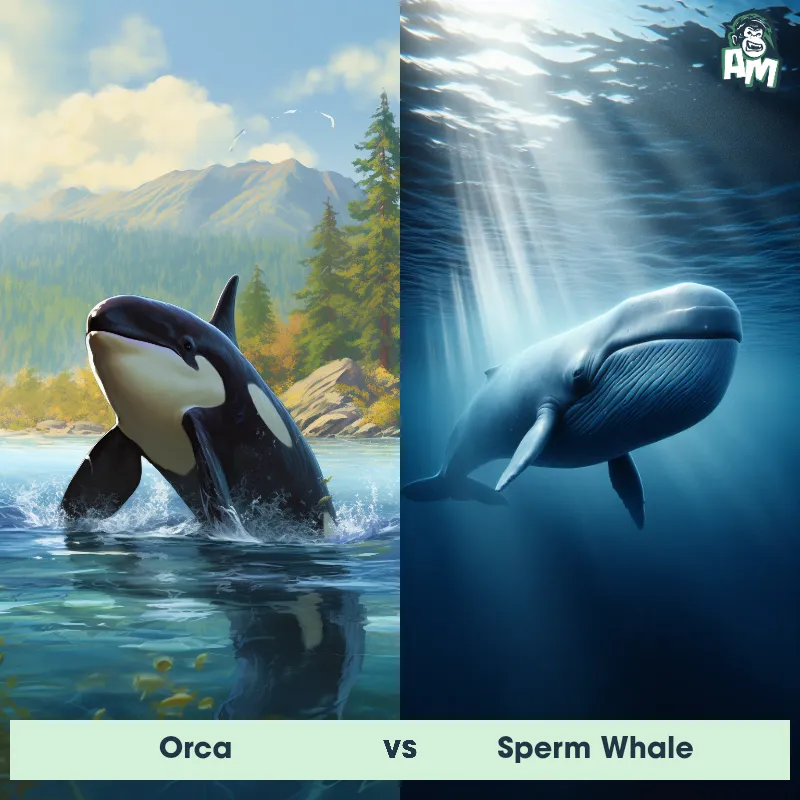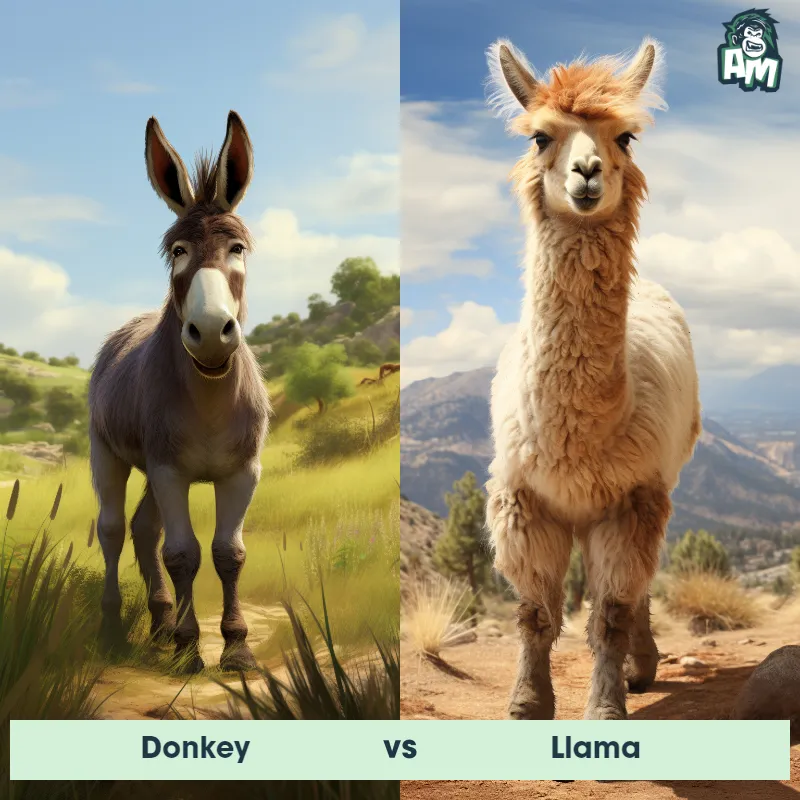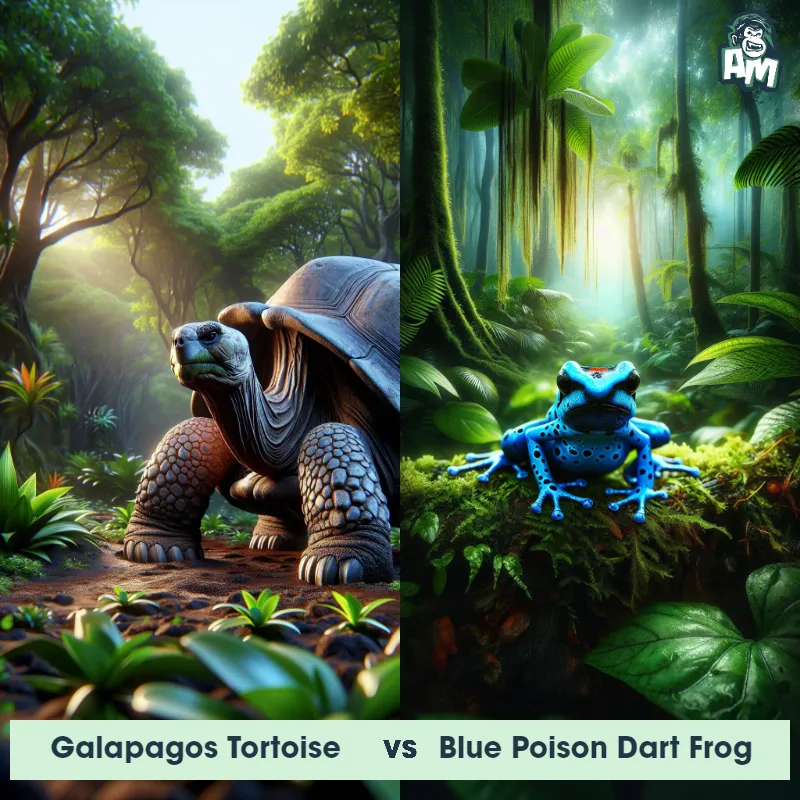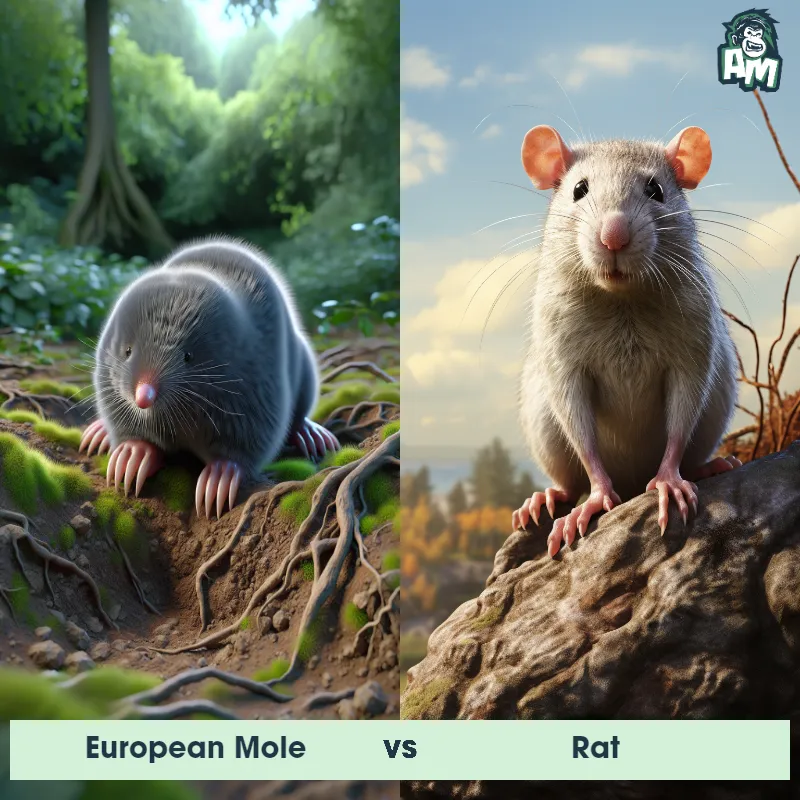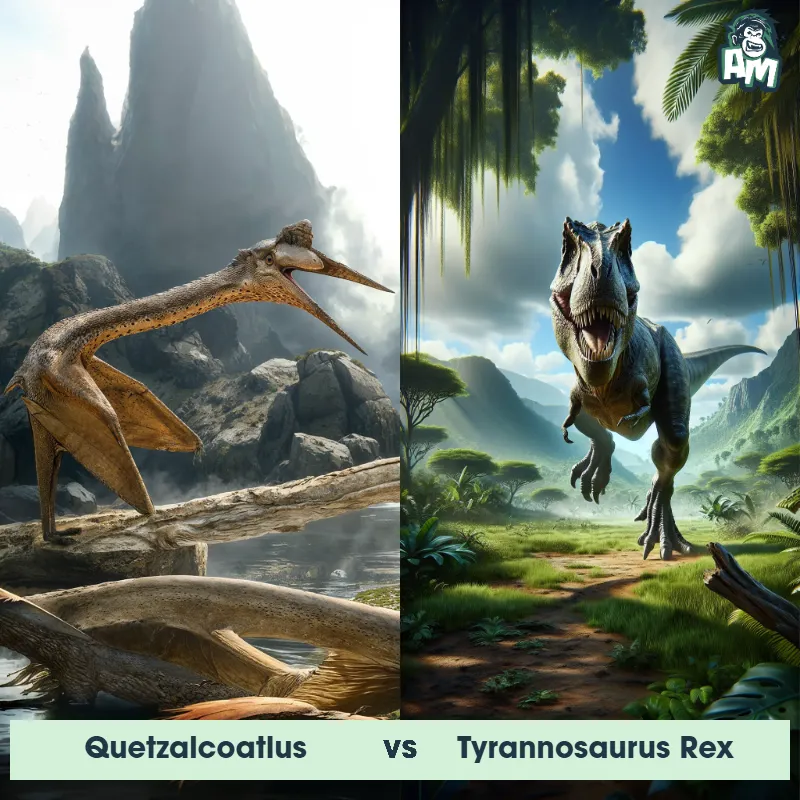Monolophosaurus vs Tyrannosaurus RexSee Who Wins
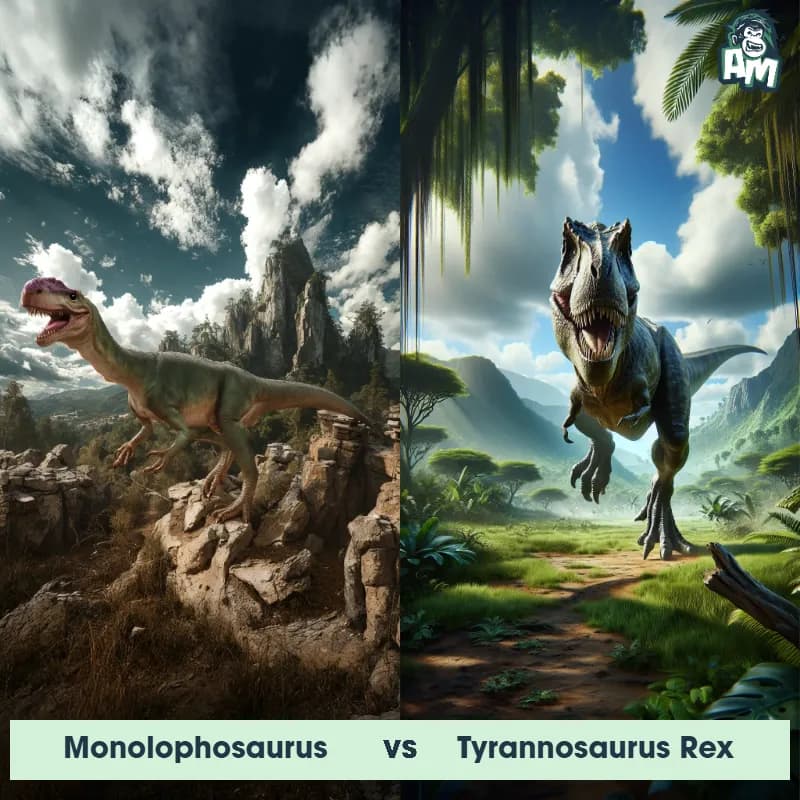
Welcome, everyone, to the thrilling face-off between the formidable Monolophosaurus and the mighty Tyrannosaurus Rex. Both titans are renowned for their predatory prowess, and this clash promises to be nothing short of legendary. Let’s get ready for this epic encounter!
Contender 1: Monolophosaurus
The Monolophosaurus, also known as the Single-Crested Lizard, was a carnivorous dinosaur that roamed during the Jurassic period. It was characterized by a single crest on its head, sharp teeth for tearing flesh, and powerful hind limbs for hunting. This large theropod dinosaur had a long tail for balance and likely moved on two legs.
Fun Fact: One fascinating fact about the Monolophosaurus is that its name is derived from the single crest on its skull, the feature that sets it apart from other similar theropods.
Contender 2: Tyrannosaurus Rex
The Tyrannosaurus Rex, also known as T-Rex, was one of the largest carnivorous dinosaurs to have ever roamed the Earth. With its massive size, powerful jaw, sharp teeth, and small arms, it was a fearsome predator during the late Cretaceous period. T-Rex had a bipedal stance and a strong tail that helped balance its body while hunting.
Fun Fact: The Tyrannosaurus Rex had an incredible bite force of around 8,000 pounds, which allowed it to easily crush bones of its prey.
Matchup Stats
| Monolophosaurus | Tyrannosaurus Rex | |
|---|---|---|
| Size | 13 feet (4 meters) tall at the hip | 40 feet long (12 meters) |
| Weight | 1,100 pounds (500 kilograms) | 8 tons (7,260 kilograms) |
| Speed | 25-30mph (40-48km/h) | 10-25 mph (16-40 km/h) |
| Key Strength | Powerful hind limbs | Powerful jaws |
| Biggest Weakness | Long tail for balance | Small arms |
Current Votes
Monolophosaurus vs Tyrannosaurus Rex
See Who Wins
View More Matches
Looking For More?
Similar Matches
Scientific Stats
| Monolophosaurus | Tyrannosaurus Rex | |
|---|---|---|
| Scientific Name | Monolophosaurus | Tyrannosaurus Rex |
| Family | Monolophosauridae | Tyrannosauridae |
| Habitat | Terrestrial | Land |
| Geography | Asia (China) | North America |
| Diet | Carnivore | Carnivore |
| Lifespan | 20 years - 25 years | 20 years - 30 years |
Key Differences between Monolophosaurus and Tyrannosaurus Rex
- Teeth: The Tyrannosaurus Rex possessed large, thick, and serrated teeth designed for crushing, whereas the Monolophosaurus had smaller, more blade-like teeth suited for slicing.
- Forelimbs: The Tyrannosaurus Rex had very small forelimbs with two fingers, while the Monolophosaurus had relatively longer forelimbs with three fingers.
- Skull Shape: The Monolophosaurus had a distinctive single crest running along the top of its elongated skull, unlike the Tyrannosaurus Rex which had a robust and wide skull without such a crest.
- Build: Monolophosaurus had a more slender and lighter build compared to the heavy and muscular build of the Tyrannosaurus Rex.
- Tail: The tail of the Monolophosaurus was thinner and likely more flexible compared to the thick, heavy tail of the Tyrannosaurus Rex.
- Size: The Tyrannosaurus Rex was significantly larger than the Monolophosaurus, with the former reaching up to 40 feet in length, while the latter was around 16 feet long.




